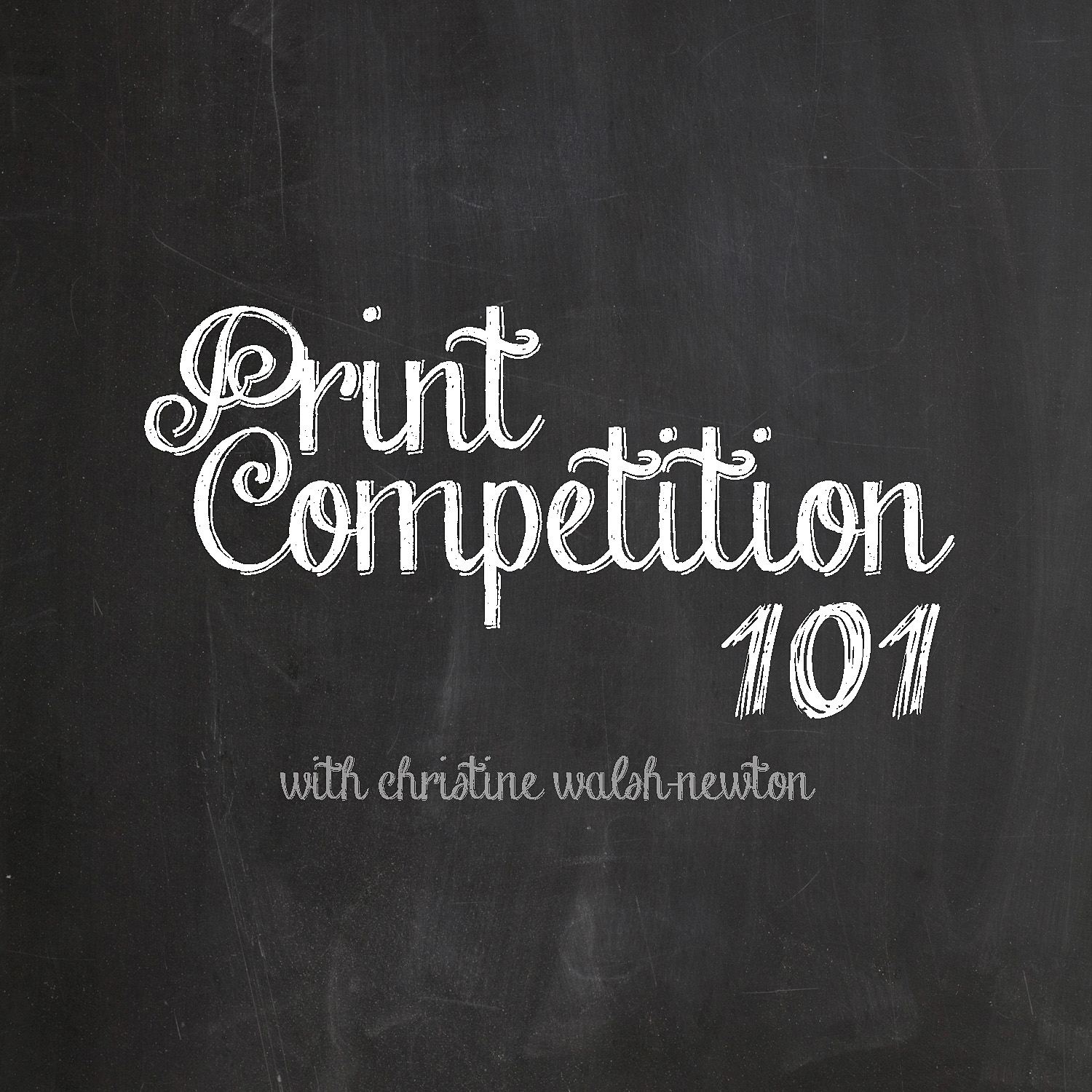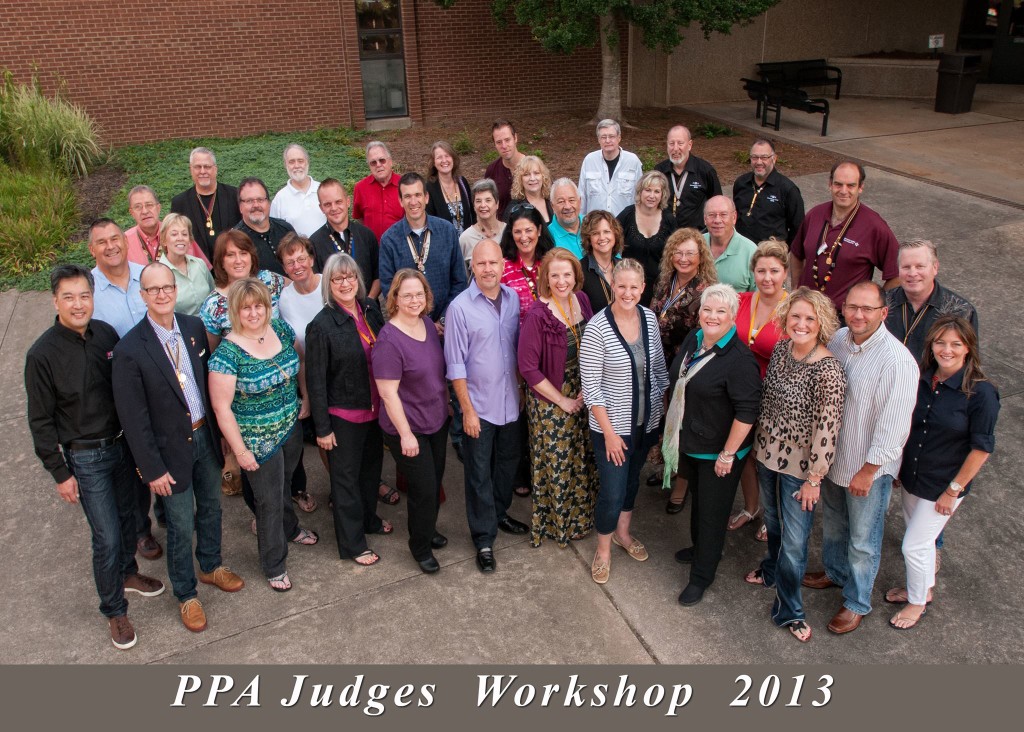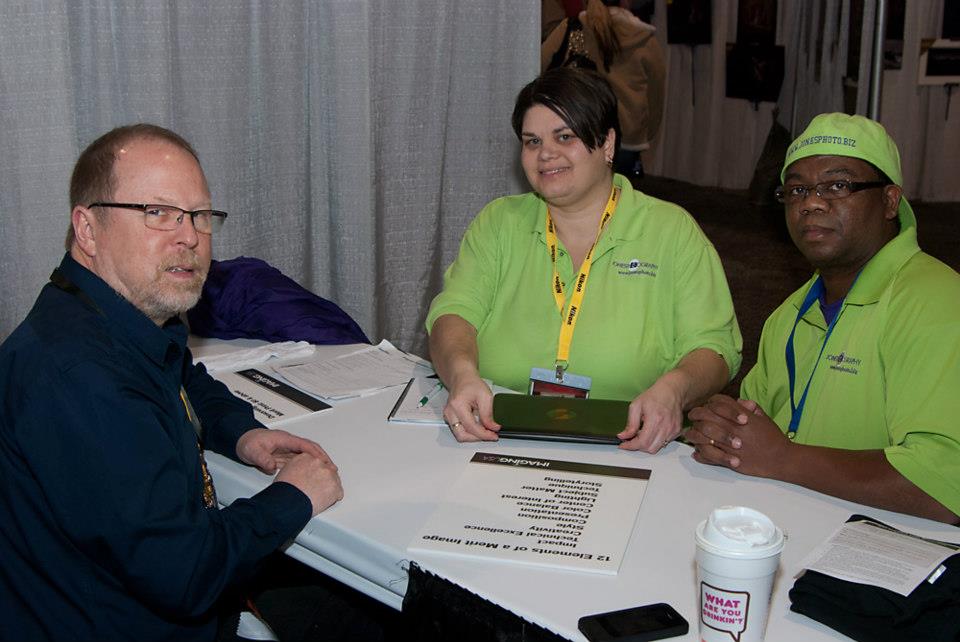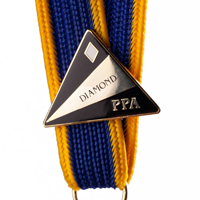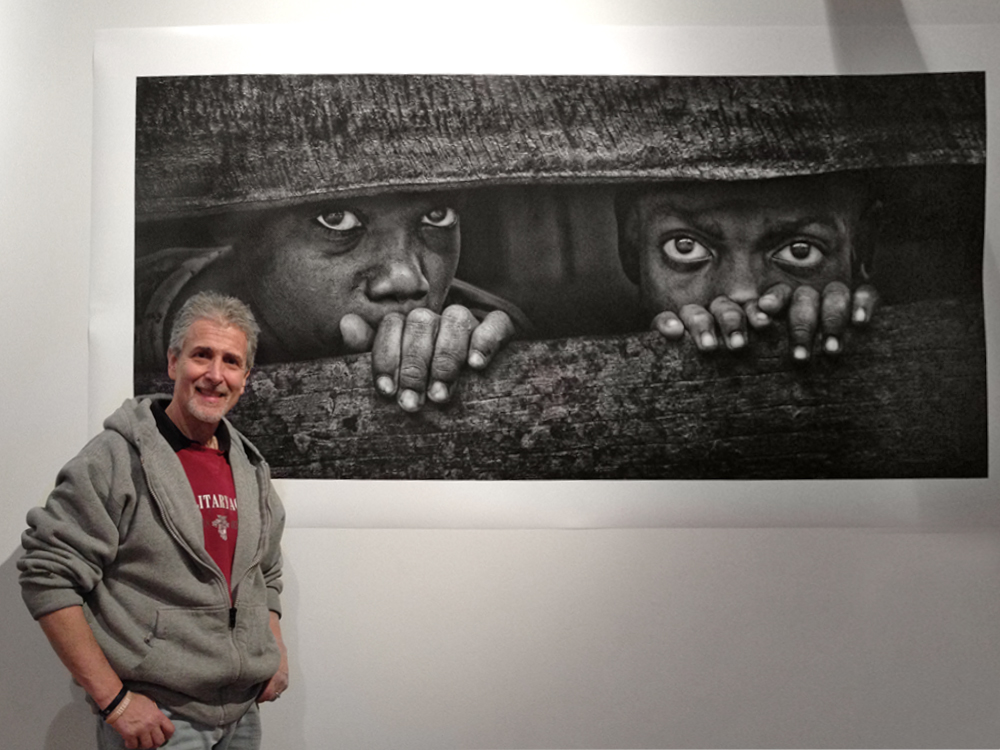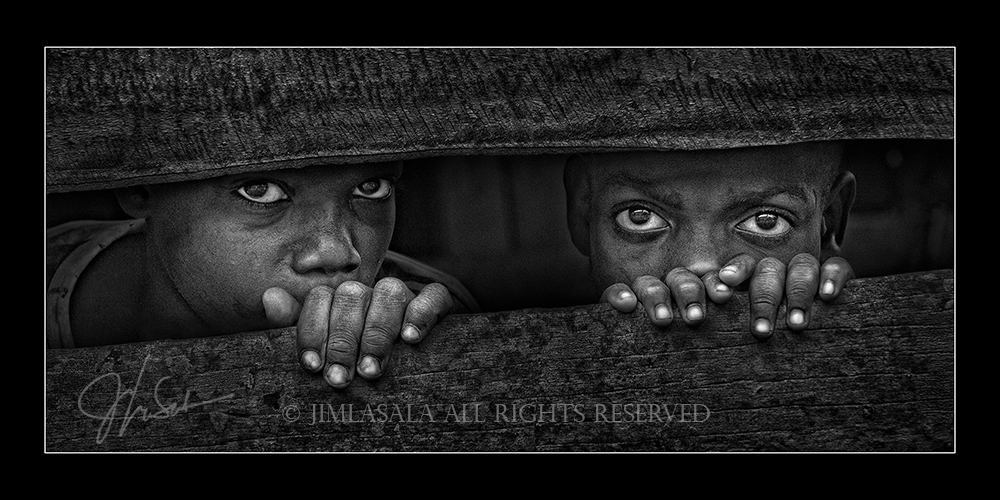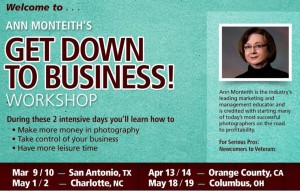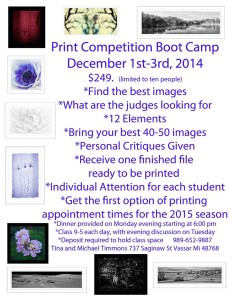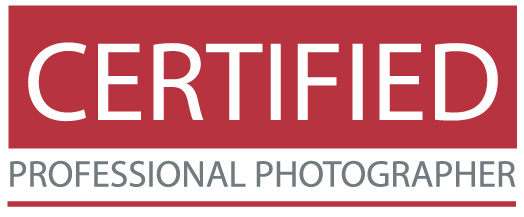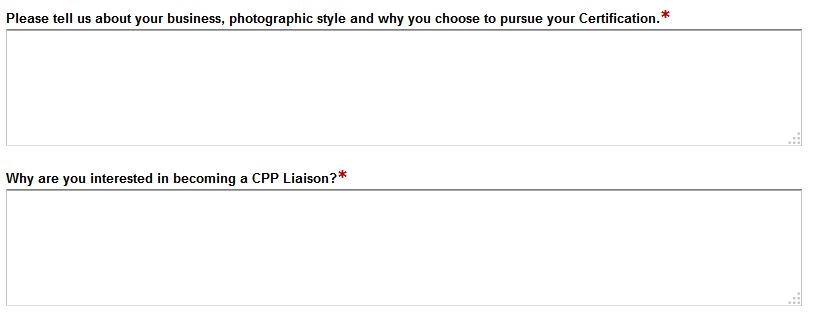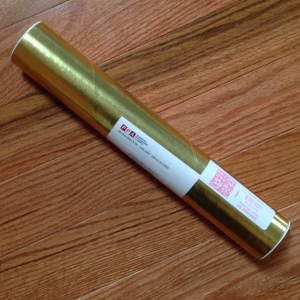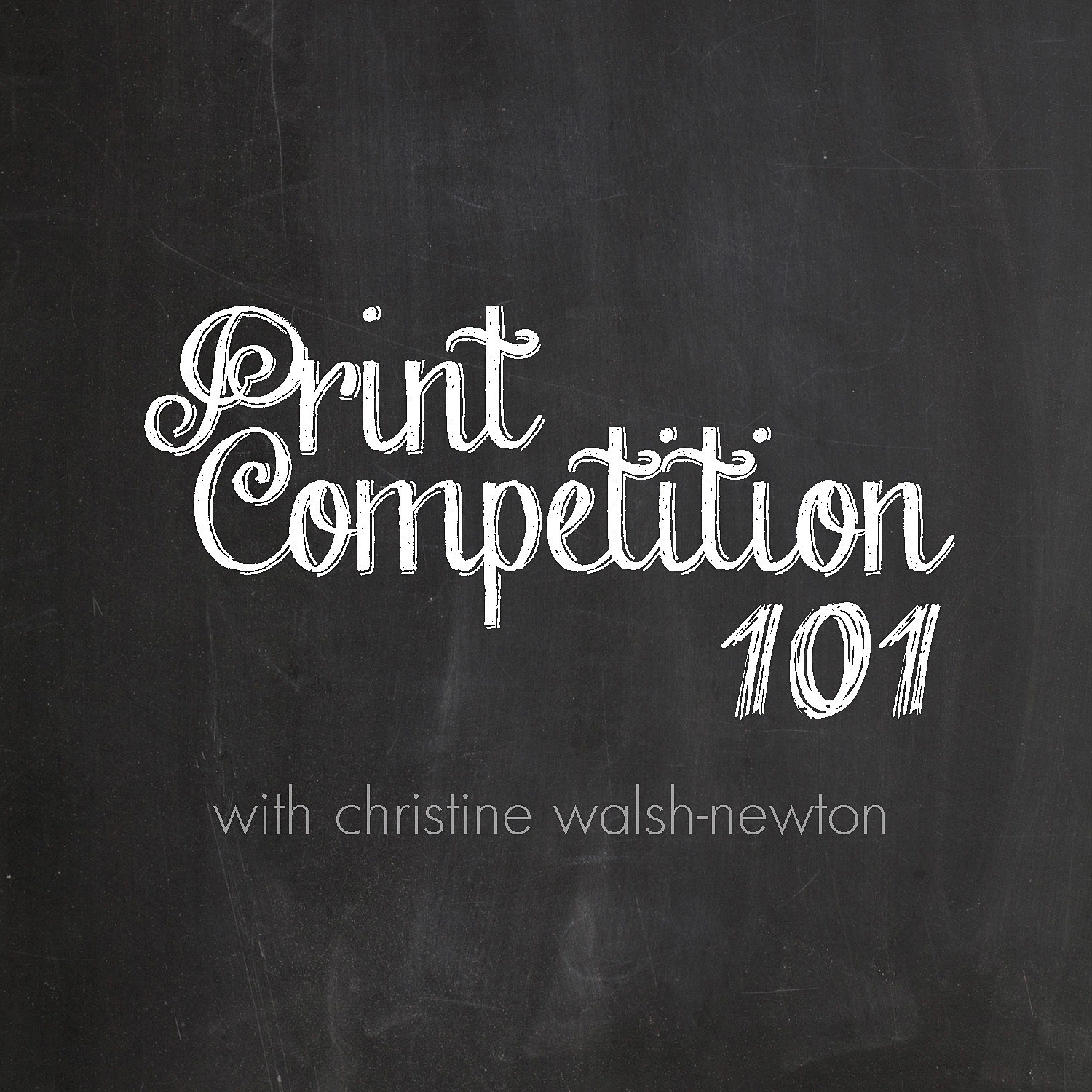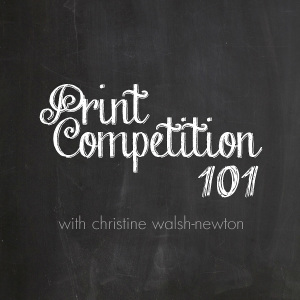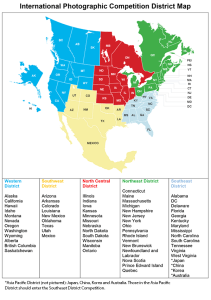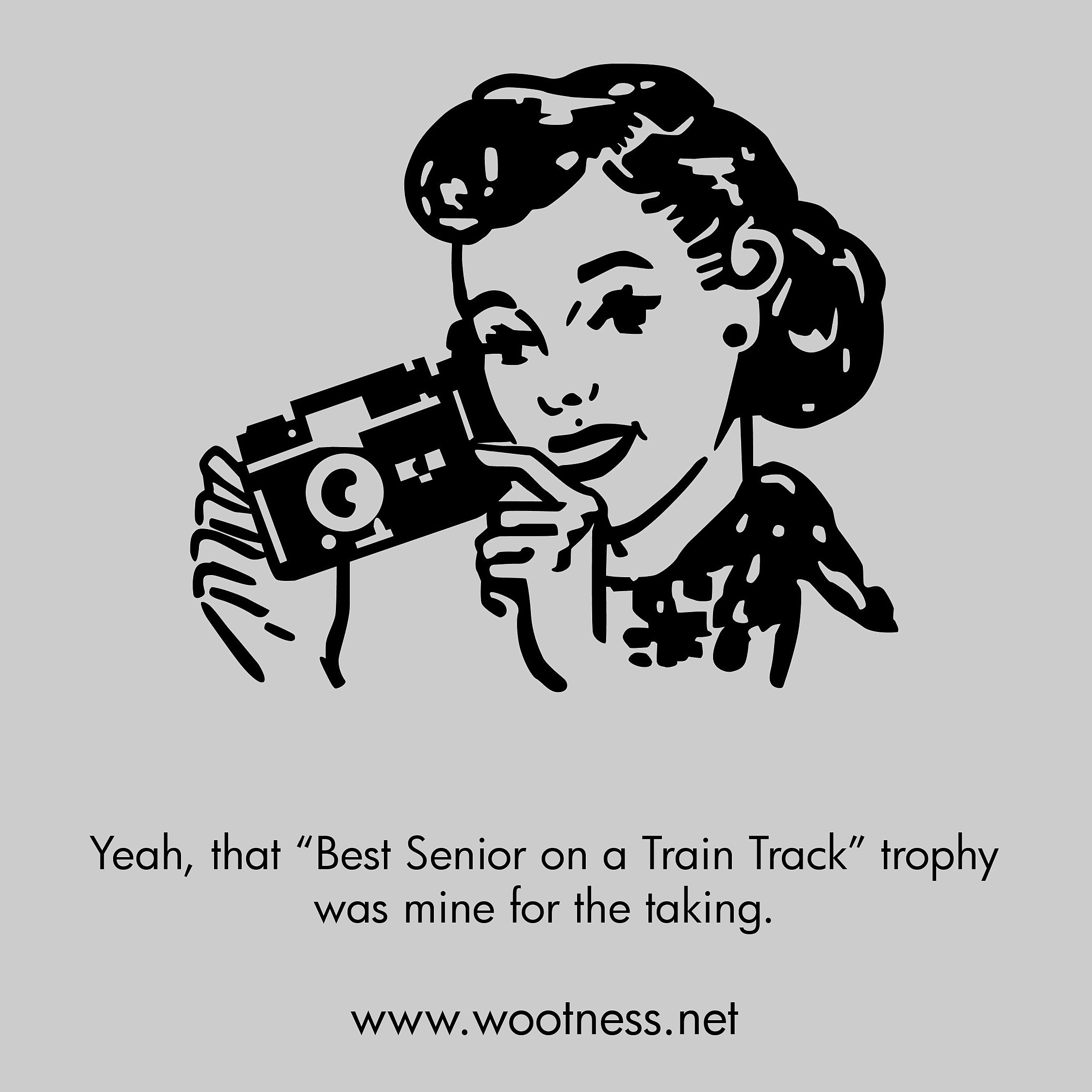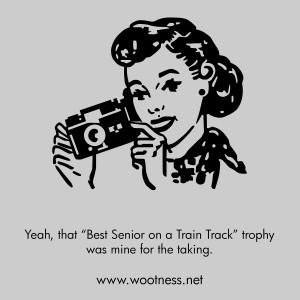Introducing…. the Image Competition Advisory Network.
I. CAN.
(pause for groaning)
OK, that’s enough, I’m being serious, here.
Basically, here’s the deal. If you are participating in print competition, you want to associate with other competitors. You want to have a team of people who understand what it is you are doing that can give you appropriate feedback. You don’t want your mom or your Aunt Ida or your cousin Jerry’s neighbor. You want competitors. Successful competitors. Local competitors. PPA competitors, not the annual county fair competitors.
And just how does one go about that?
Here’s a tip from me to you. Here’s what I did. Come closer, I don’t want everyone hearing my secret. Go to this link. It is the top secret, double protected official whammy results from all International Print Competitions since 2009. I want you to download and keep a copy of all of these documents. The names in these documents are your “people.” Fellow competitors. Those who walk with greatness. More than likely, they jingle while they do it.
The names are plentiful and the more you see a name repeated, the more experienced and serious that competitor can be assumed to be.
Sidebar: There are, of course, exceptions to this. This is only a handful of years of very recent data. There are a multitude of names from competitions before this that are also worthy of your attention and being active in your professional organizations will help you become familiar with additional names you should know.
Now, back to the I.CAN thing.
Starting with the current year and working backwards, I want you to check the IPC results for the names of folks from your state. Write them down. Make a notation beside each name as to how many general and loan collection images each person had each year. I just go ahead and tally the number of merits each competitor earned across the years of data (each merit image noted with “G” or “GB” gets one point and each loan image noted with an “L” gets two points).
For example – (Ohio people are gonna love me for this) – I compiled all six years of data for entrants from Ohio and came up with this spreadsheet.
So, what exactly is this? What does this mean?
Well, if you take a look at the column on the right hand side, you can see the number of exhibition merits each competitor earned over the last six years. A higher number of merits means more participation and/or a higher level of success, while lower numbers indicate less participation and/or success. In this example, total merits above 48 indicate that the competitor entered the Artist competition as well as the Photographic Open competition.
If you’re from Ohio, you now have a list of the people closest to you, geographically, that can be of the most help. Wootness! I just saved you a couple of hours of work!
If you’re from another state, you’ll want to compile your own data in a spreadsheet just like this. Here is a blank copy of the spreadsheet to get you started: Blank Spreadsheet; just put in the number of merits and loans and the spreadsheet will automatically tally the total merits.
These are your people.
You want to meet as many of the people on your spreadsheet as possible; especially those who compete consistently and most recently. You’ll want to pay special attention to the folks who earned higher number of merits – that indicates those with a bit more experience and success under their belts. Those are the folks you might want to ask for advice and input on your images.
One place to look for fellow competitors is at your local and state affiliate meetings. Check your state competitor spreadsheet against the membership list of your local affiliate or even the state organization. See who might be going to the same events as you or someone who may be close to you, geographically. Not all competitors join professional organizations besides the PPA, so if you find someone on your competitor list from your area, make sure you reach out to them, personally.
These are also the people you want to “like” and “follow” on social media. Don’t be a creepy stalker, just quietly let their work fill up your news feed. It’s a wonderful source of inspiration and also gives you a basis for conversation when you do meet them. I know I’m very flattered when someone remembers a specific image I’ve posted.
Now – pay attention to this – this is not a foolproof way to decide who to pay attention to. There are folks whose names do not appear in IPC results at all that have more experience in their little finger than I can ever hope to have. There are folks who do not compete every year, but when they do, watch out! Just bear in mind that this data does not include every one that is a viable resource, but it does get you started going in a fairly good direction.
Sometimes it’s a bit difficult in the beginning to know where to look for help and this should get you started. If you’re from Ohio and belong to the PP of Ohio – find the print room – find me – I will personally introduce you to as many print competitors as you can handle. And if you want to stick around, we can always use extra volunteers in the print room. See how nicely that works out? This year, we are hosting the Northeast District competition, so volunteers will get an extra special behind-the-scenes view. So exciting!
I found most of my Image Competition Advisory Network among a group of photographers called the Photographic Art Specialists of Ohio. We are all PP of Ohio members and explore the artistic edge of photography. These are the folks I’m most likely to be found discussing art and competition with until the wee hours of the morning. As a matter of fact, I think this was taken during a wee hour:
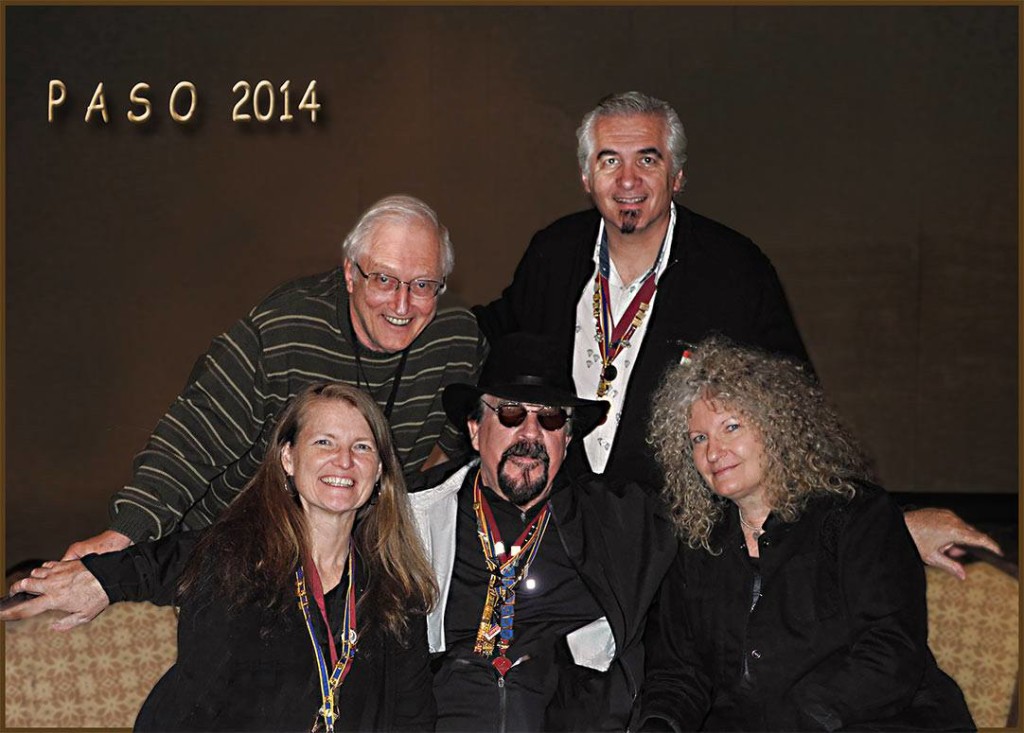
Bear in mind that not everyone is in a position to advise or help other competitors, so if you don’t get a positive response to a request for help, don’t take it personally. My experience has been that more often than not, competitors are a very friendly bunch who would love nothing more than to welcome another person into our competition family, so just try again and I’m sure you’ll come up with a few folks who are willing to at least point you in a good direction.
Over time, you will meet other competitors from outside your area, through District competitions, or perhaps online forums or social media groups. And you will meet those that you add to your list of names. Before too long, you will have culled your list down to people that you have met, worked with and become friends with.
Your very own Image Competition Advisory Network.
Everyone say it all together now…
I! CAN!
There, I knew you could 😉
